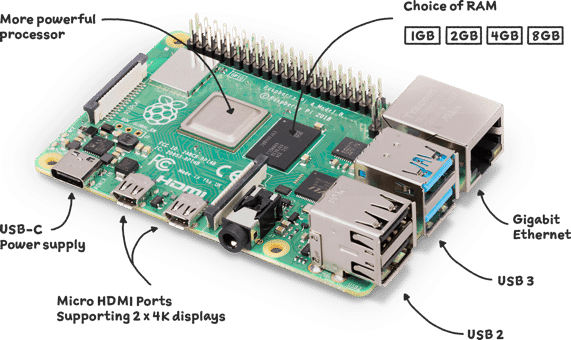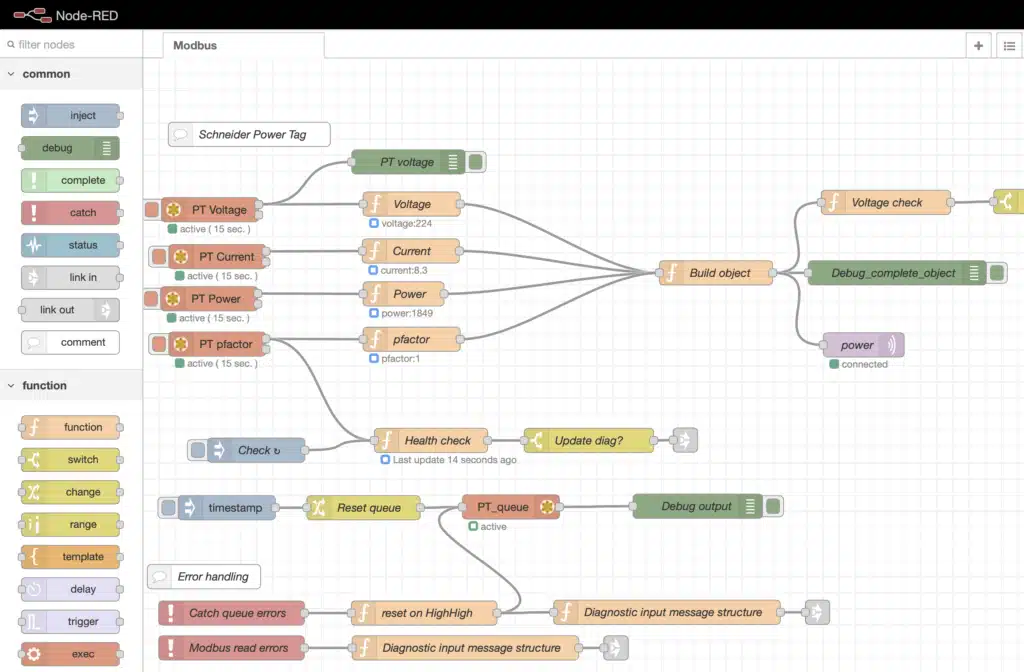
- Features
- Documentation
- Blog
-
Resources
-
- Securing the Waters: Advancing Maritime Safety
- Innovative asset monitoring solution – LISI AEROSPACE
- Device Management helps agriculture robot reducing herbicides 95%
- RTI integrates QBEE to enable realtime monitoring and control of fleet inspection vehicles
- ShipMonk uses qbee.io for embedded device management
- Smart buildings with remote device management
- qbee – The IoT Roots of Respira’s Indoor Smart Garden
-
- Manage Single‑Purpose Devices
- How to Manage Robot Fleets?
- Manage Smart Buildings
- Manage Smart Energy
- Manage Raspberry Pis Remotely
- Centralized logging on IoT edge devices
- Node RED for low-code IoT Development
- Deploying Crosser.io Containers on the Edge
- Building deb packages via CI/CD
- Send Modbus data over MQTT
- Raspberry Pi as PLC
- Automated PLC deployment
- Securing the Waters: Advancing Maritime Safety
- Innovative asset monitoring solution – LISI AEROSPACE
- Device Management helps agriculture robot reducing herbicides 95%
- RTI integrates QBEE to enable realtime monitoring and control of fleet inspection vehicles
- ShipMonk uses qbee.io for embedded device management
- Smart buildings with remote device management
- qbee – The IoT Roots of Respira’s Indoor Smart Garden
- Manage Single‑Purpose Devices
- How to Manage Robot Fleets?
- Manage Smart Buildings
- Manage Smart Energy
- Manage Raspberry Pis Remotely
- Centralized logging on IoT edge devices
- Node RED for low-code IoT Development
- Deploying Crosser.io Containers on the Edge
- Building deb packages via CI/CD
- Send Modbus data over MQTT
- Raspberry Pi as PLC
- Automated PLC deployment
-
- Partners
- About us
- Pricing











